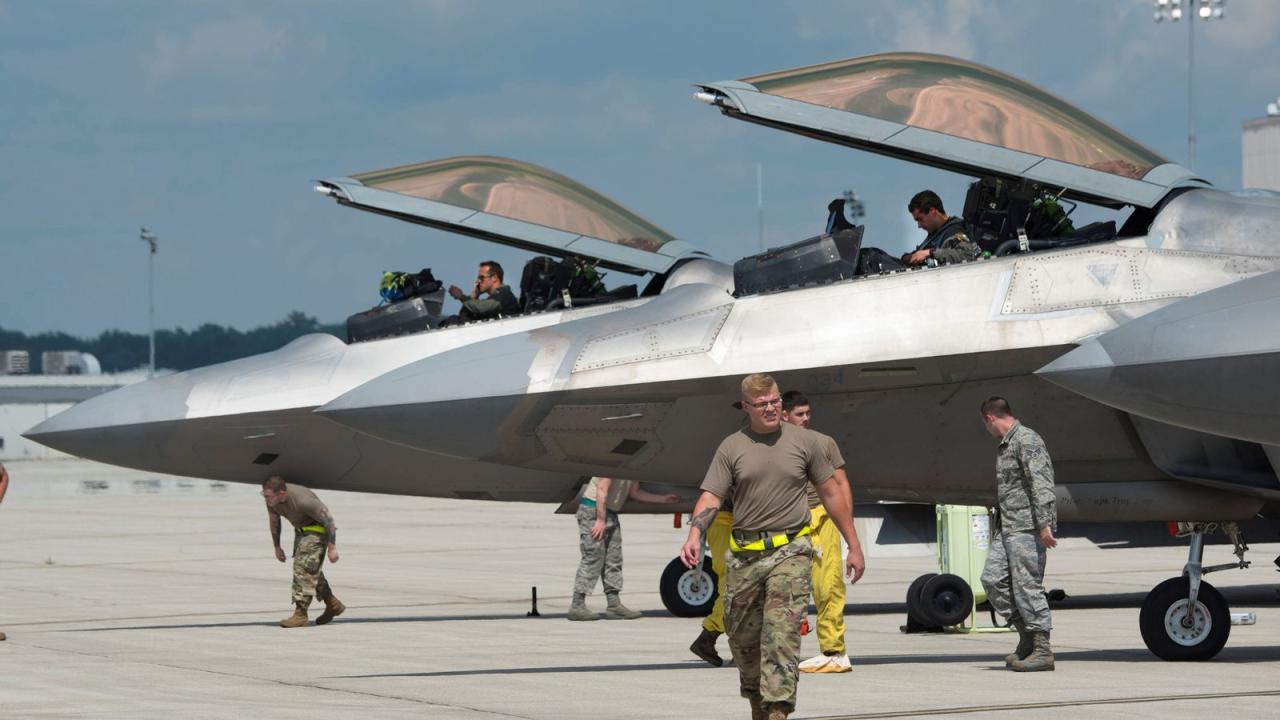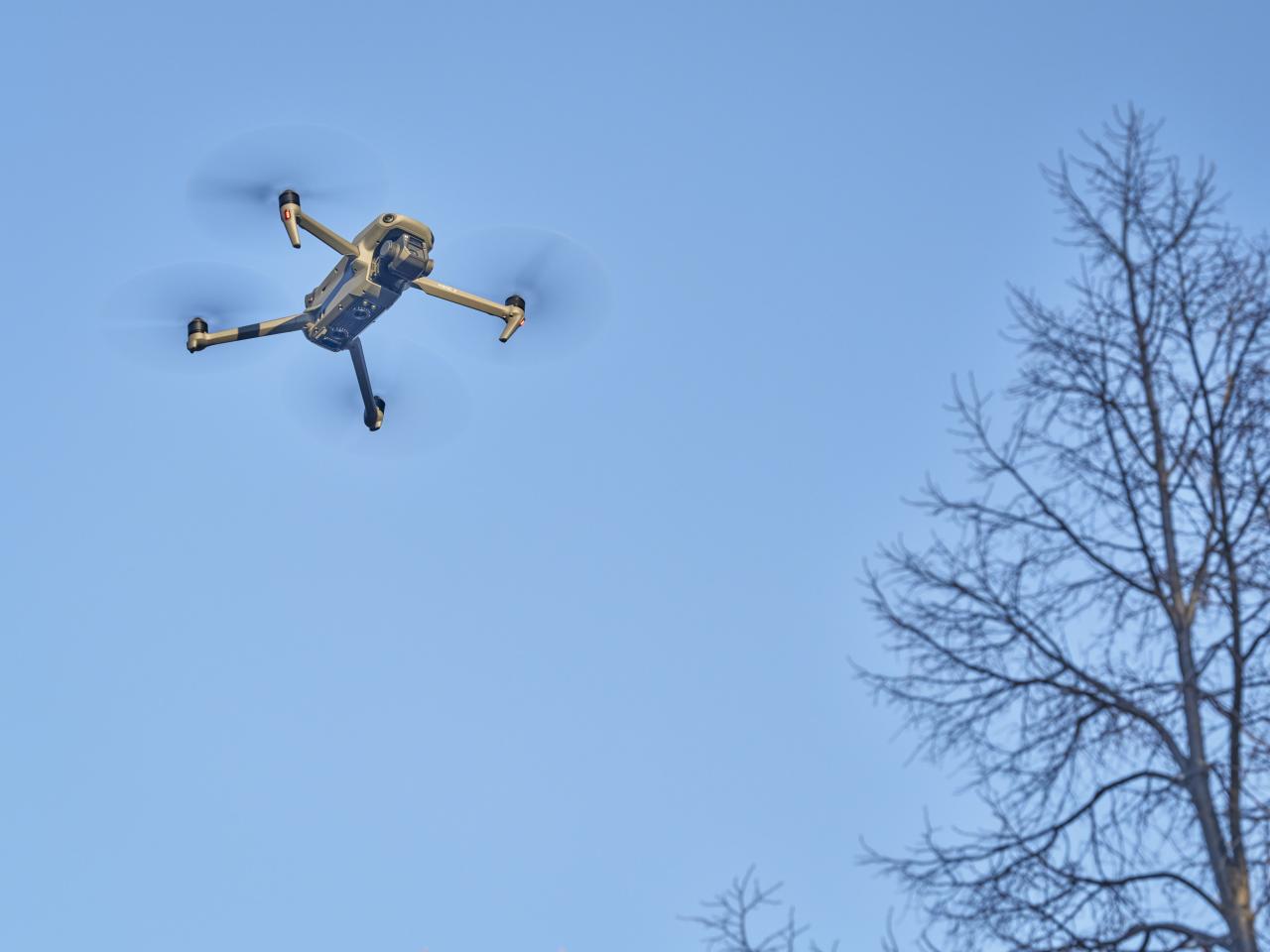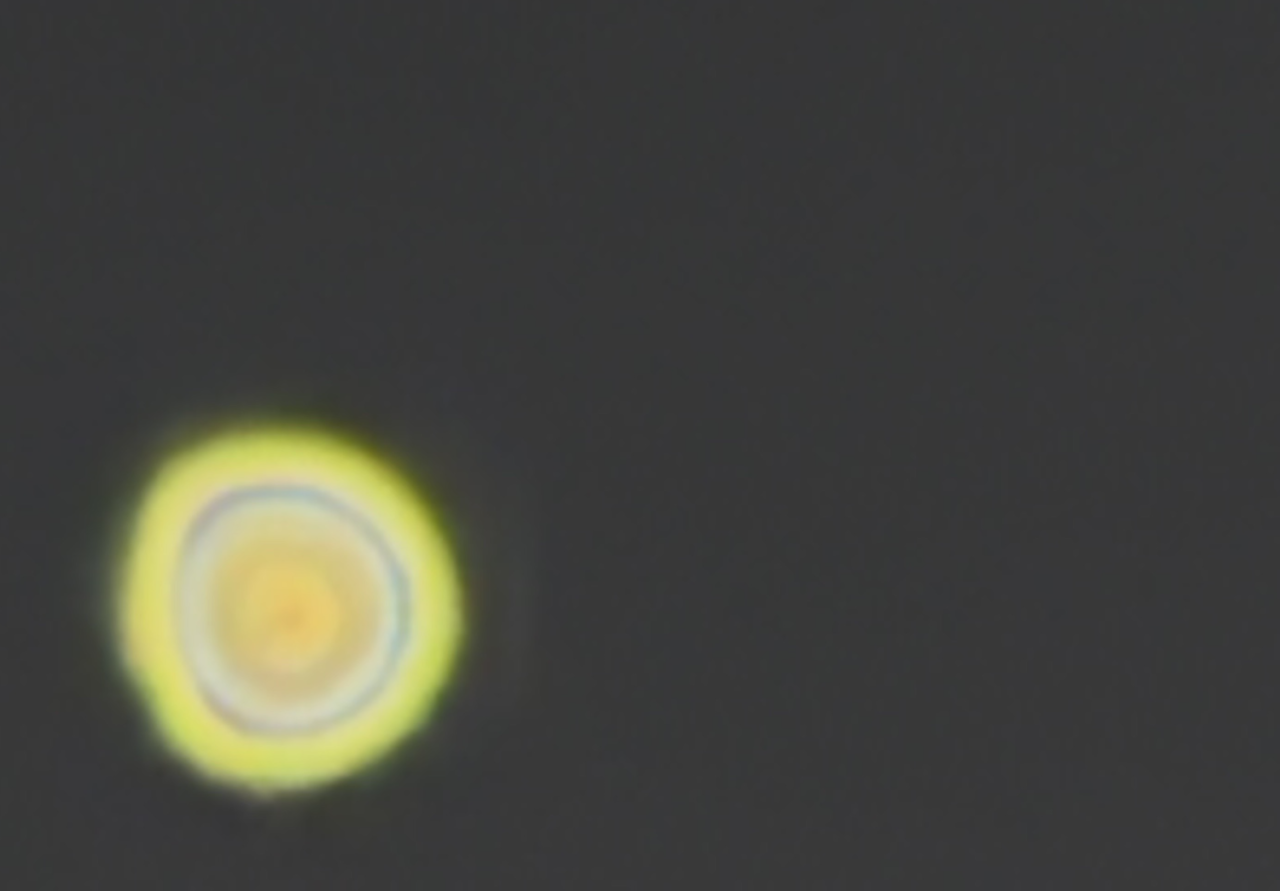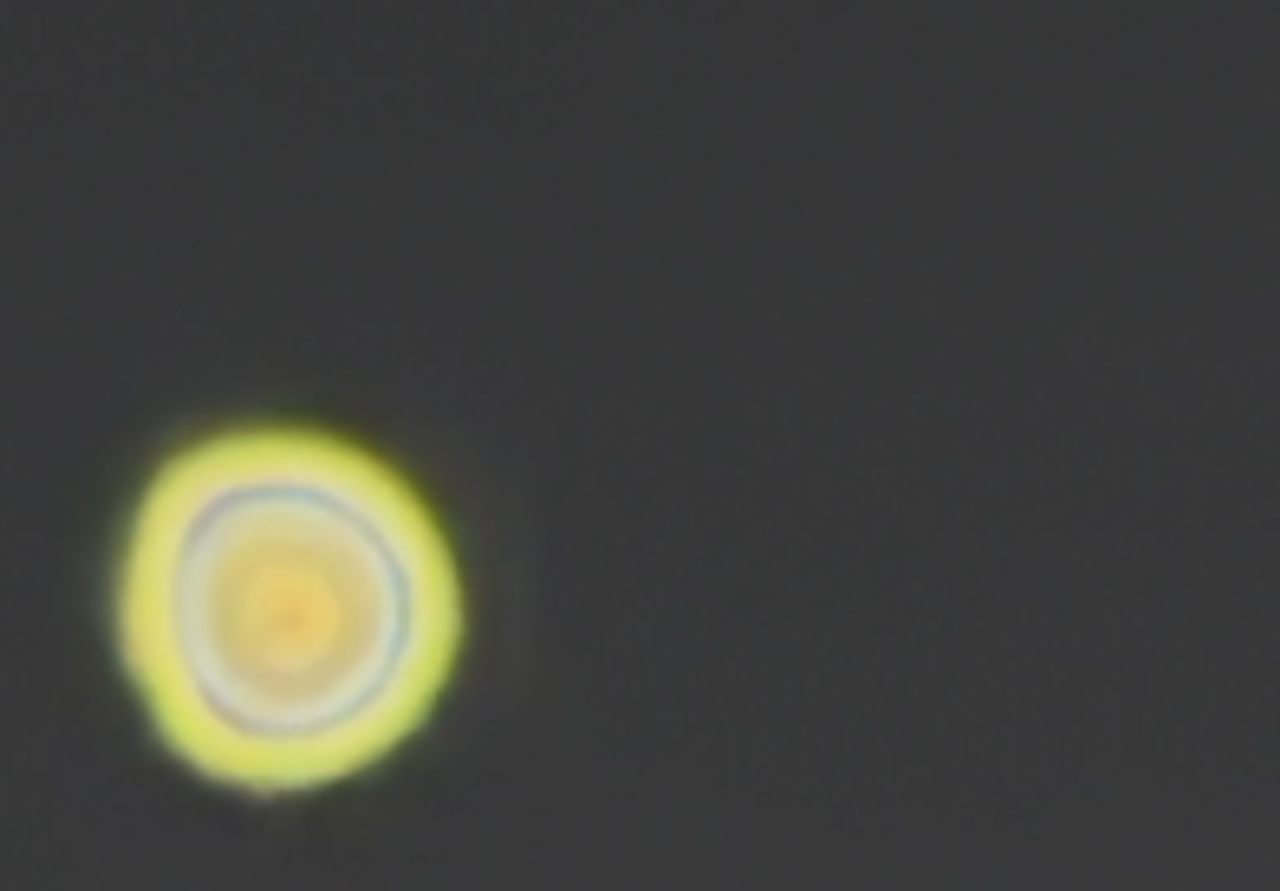Drone sightings around the world are increasingly common, sparking a mix of fascination, concern, and debate. From commercial deliveries to illicit activities, these unmanned aerial vehicles are reshaping our skies and raising important questions about security, privacy, and the future of technology. This exploration delves into the global distribution of drone sightings, the diverse types of drones involved, the reasons behind their appearances, and the multifaceted impacts they have on society.
We’ll examine everything from the geographic hotspots of drone activity to the technological advancements driving this phenomenon. We’ll also explore the responses to unauthorized drone flights, including the technological solutions and policy changes being implemented worldwide. Finally, we’ll look ahead to predict future trends and the potential challenges and opportunities that lie ahead.
Geographic Distribution of Drone Sightings
Drone sightings are a global phenomenon, varying significantly in frequency and type across different regions. Understanding this geographical distribution is crucial for effective regulation and safety measures.
World Map of Drone Sightings

A world map visualizing drone sighting frequency would use a color-coded system. Darker shades of red would represent areas with the highest reported sightings (e.g., major cities, border regions, or areas with significant drone activity), transitioning to lighter shades or even green for areas with fewer reported sightings. A legend would clearly define the color-density scale, correlating color intensity with the number of sightings per square kilometer or per capita.
This visual representation allows for a quick understanding of global patterns and hotspots of drone activity.
Top 5 Countries with the Highest Drone Sightings
A table displaying the top 5 countries with the most reported drone sightings would offer a more granular view. This table should include the total number of sightings, the most frequently observed drone types (e.g., DJI Phantom, Mavic, military-grade drones), and a brief description of the prevalent reasons for sightings in each country (commercial use, security incidents, hobbyist activity, etc.).
| Country | Number of Sightings | Most Frequent Drone Types | Prevalent Reasons |
|---|---|---|---|
| United States | [Data Needed] | DJI Mavic, DJI Phantom, Autel Robotics | Commercial, hobbyist, security concerns |
| China | [Data Needed] | DJI Mavic, DJI Phantom, various military drones | Commercial, military operations, surveillance |
| United Kingdom | [Data Needed] | DJI Mavic, DJI Phantom, various commercial drones | Commercial, hobbyist, security concerns near airports |
| Germany | [Data Needed] | DJI Mavic, DJI Phantom, various commercial and hobbyist drones | Commercial, photography, recreational use |
| Canada | [Data Needed] | DJI Mavic, DJI Phantom, various commercial and hobbyist drones | Commercial, surveying, forestry, recreational use |
Continental Breakdown of Drone Sightings
Analyzing drone sightings by continent reveals significant regional differences. For example, North America and Europe might show higher frequencies due to greater drone adoption for commercial and recreational purposes. Conversely, regions with less developed infrastructure or stricter regulations might exhibit lower sighting numbers. Contributing factors could include population density, regulatory frameworks, economic development, and the prevalence of specific drone applications (e.g., agriculture, surveillance).
Types of Drones Involved in Sightings: Drone Sightings Around The World
Understanding the types of drones involved in sightings is critical for assessing potential risks and implementing effective countermeasures.
Categorization of Drones by Use
Drones are broadly categorized as commercial, military, and hobbyist. Commercial drones are used for various applications, including aerial photography, delivery services, infrastructure inspections, and agriculture. Military drones, often larger and more sophisticated, are employed for surveillance, reconnaissance, and even offensive operations. Hobbyist drones, typically smaller and less capable, are used for recreational purposes, such as photography and videography. Each category has unique capabilities and potential uses, influencing their likelihood of being sighted and the potential implications of their operation.
Commercial vs. Illicit Drone Use

Drones used for commercial purposes are generally registered and operated within legal frameworks. They are typically equipped with safety features and are flown by trained operators. In contrast, drones used for illicit activities may lack registration, safety features, and proper operator training. These drones are often used for illegal activities such as smuggling, espionage, or even attacks.
The distinction lies primarily in intent, registration, and adherence to safety regulations.
Technological Advancements in Drone Design
Technological advancements are constantly impacting drone capabilities and detection. Improved battery technology extends flight time, making drones more versatile and increasing the potential for longer, undetected flights. Smaller and quieter designs make detection more challenging. Conversely, advancements in counter-drone technology, such as advanced sensors and AI-powered detection systems, are improving our ability to identify and track unauthorized drones.
Reasons Behind Drone Sightings
The increasing frequency of drone sightings stems from a combination of legitimate uses and potential security concerns.
Legitimate Commercial Applications and Security Concerns
The widespread adoption of drones for commercial purposes, such as delivery services (e.g., Amazon Prime Air), aerial photography, and infrastructure inspection, significantly contributes to increased sightings. However, this also raises security concerns, especially near airports or critical infrastructure. Unauthorized drone flights pose a risk to aviation safety and could be used for malicious purposes.
Motivations Behind Unauthorized Drone Flights

Unauthorized drone flights can be driven by various motivations, including espionage (gathering sensitive information), photography (capturing images of restricted areas), and recreational use (flying drones in unauthorized locations). These activities can range from relatively harmless to severely problematic, depending on the context and the intent of the operator.
With drone sightings popping up everywhere from busy cityscapes to remote wilderness areas, it’s clear these devices are becoming increasingly prevalent. If your DJI drone needs some TLC after a particularly exciting flight (or maybe a less-than-graceful landing!), check out this great resource for dji drone repair. Getting your drone back in the air quickly means you can continue documenting all those amazing aerial perspectives and contribute to the global drone sighting data.
Examples of Drone-Related Incidents

Several high-profile incidents have highlighted the potential risks associated with drones. For example, drone sightings near airports have caused flight disruptions, and drones have been used in attempts to smuggle contraband into prisons. These incidents have spurred regulatory changes and increased public awareness of drone safety issues. The Gatwick Airport drone incident in 2018, which caused significant flight disruptions, serves as a prime example of the impact unauthorized drone activity can have.
Impact of Drone Sightings
The proliferation of drones has far-reaching economic, social, and security implications.
Economic Implications of Drone Technology
Drone technology offers significant economic benefits, creating new industries and improving efficiency in various sectors, including agriculture, delivery, and infrastructure inspection. However, it also presents potential disruptions, such as job displacement in traditional industries and the need for new safety regulations.
With drone sightings around the world becoming increasingly common, understanding how to manage these devices is crucial. For example, securely starting your drone remotely is a key safety feature, especially considering you can check out this guide on drone remote start to learn more. Proper remote start procedures can help prevent unauthorized use and contribute to safer skies, ultimately reducing the risk associated with unexpected drone appearances.
Effects on Privacy and National Security
Increased drone activity raises significant privacy concerns, as drones can be used to capture images and videos of private property without consent. Furthermore, unauthorized drone flights pose a threat to national security, as they could be used for espionage or attacks on critical infrastructure.
Reports of unusual drone sightings are popping up globally, raising concerns about privacy and security. It’s a complex issue, and trying to track all the data can be tough, especially if you’re relying on AI tools; check if your favorite AI assistant is working correctly by seeing if is chatgpt down. Getting accurate information is key to understanding the full scope of these drone incidents, and reliable tools are essential for that.
So, before you jump to conclusions, make sure your data sources are online!
Impact on Public Perception and Trust, Drone sightings around the world
Public perception of drones is mixed, with some viewing them as innovative tools with significant potential, while others express concerns about privacy, safety, and security. Negative incidents involving drones can erode public trust in the technology and its responsible use. Building public trust requires a balanced approach that emphasizes both the benefits and risks of drone technology.
Responses to Drone Sightings
Various methods are employed to detect, track, and respond to unauthorized drone flights.
Methods for Detecting and Tracking Unauthorized Drones
Several methods are used to detect and track unauthorized drone flights. These include radar systems, radio frequency (RF) detectors, optical sensors, and AI-powered detection systems. Human intervention, such as trained spotters, also plays a role in identifying suspicious drone activity. Technological solutions are constantly evolving to improve detection capabilities and provide more accurate tracking information.
Responses to Unauthorized Drone Activity
Authorities employ various responses to unauthorized drone activity, ranging from warnings and fines to legal action, depending on the severity of the violation and the potential risks involved. In some cases, more forceful measures, such as jamming or shooting down the drone, might be necessary, but this is typically a last resort.
Effectiveness of Counter-Drone Technologies
A table comparing the effectiveness of various counter-drone technologies would highlight their strengths and weaknesses. This table should consider factors such as detection range, accuracy, cost, ease of use, and potential collateral damage.
| Technology | Strengths | Limitations | Cost |
|---|---|---|---|
| RF Jamming | Relatively inexpensive, effective against some drones | Can interfere with other electronic devices, limited range | Low to Moderate |
| Directed Energy Weapons | Can disable drones at a distance | High cost, potential for collateral damage, requires skilled operators | High |
| AI-powered Detection Systems | Can identify and track drones autonomously | Requires significant computing power, accuracy depends on data quality | Moderate to High |
| Radar Systems | Long detection range, can detect drones in various weather conditions | High cost, can be susceptible to interference | High |
Future Trends in Drone Sightings
Predicting future trends in drone sightings requires considering technological advancements, regulatory changes, and societal acceptance.
Future Trends in Drone Technology
Future trends in drone technology will likely lead to smaller, quieter, and more autonomous drones, making detection more challenging. Advancements in AI and machine learning will enable drones to perform more complex tasks, potentially increasing their use in various sectors. However, these advancements will also necessitate more sophisticated counter-drone technologies to maintain safety and security.
Potential Policy Changes and Regulations
Future regulations will likely focus on improving drone registration and identification systems, establishing clear guidelines for drone operation in various airspace categories, and developing standardized safety protocols. International cooperation will be crucial to address the challenges posed by cross-border drone flights.
Innovative Solutions for Safe Drone Integration
Innovative solutions, such as drone traffic management systems (UTM) and advanced geofencing technologies, are being developed to safely integrate drones into society. These systems aim to prevent unauthorized drone flights and ensure the safe coexistence of drones and other airspace users. The development and implementation of robust UTM systems are crucial for managing the increasing number of drones in the airspace.
Concluding Remarks
The rise of drone sightings globally presents a complex picture. While drones offer numerous benefits across various sectors, their potential for misuse necessitates careful consideration. Understanding the geographic patterns, technological advancements, and underlying motivations behind these sightings is crucial for developing effective strategies to manage their impact on security, privacy, and public perception. As drone technology continues to evolve, proactive policies and innovative solutions will be essential to ensure responsible and safe integration into our increasingly interconnected world.
General Inquiries
How are drone sightings reported?
Reporting methods vary by location. Some areas have dedicated websites or apps, while others rely on contacting local law enforcement or aviation authorities.
What are the penalties for illegal drone operation?
Penalties differ significantly depending on the jurisdiction and the nature of the violation. They can range from fines to imprisonment.
Can I legally fly a drone anywhere?
No. Regulations regarding drone operation vary widely by country and region. Always check local laws and regulations before flying.
How are drones tracked and identified?
Methods include radar systems, radio frequency detection, visual identification, and specialized software for tracking drone signals.
